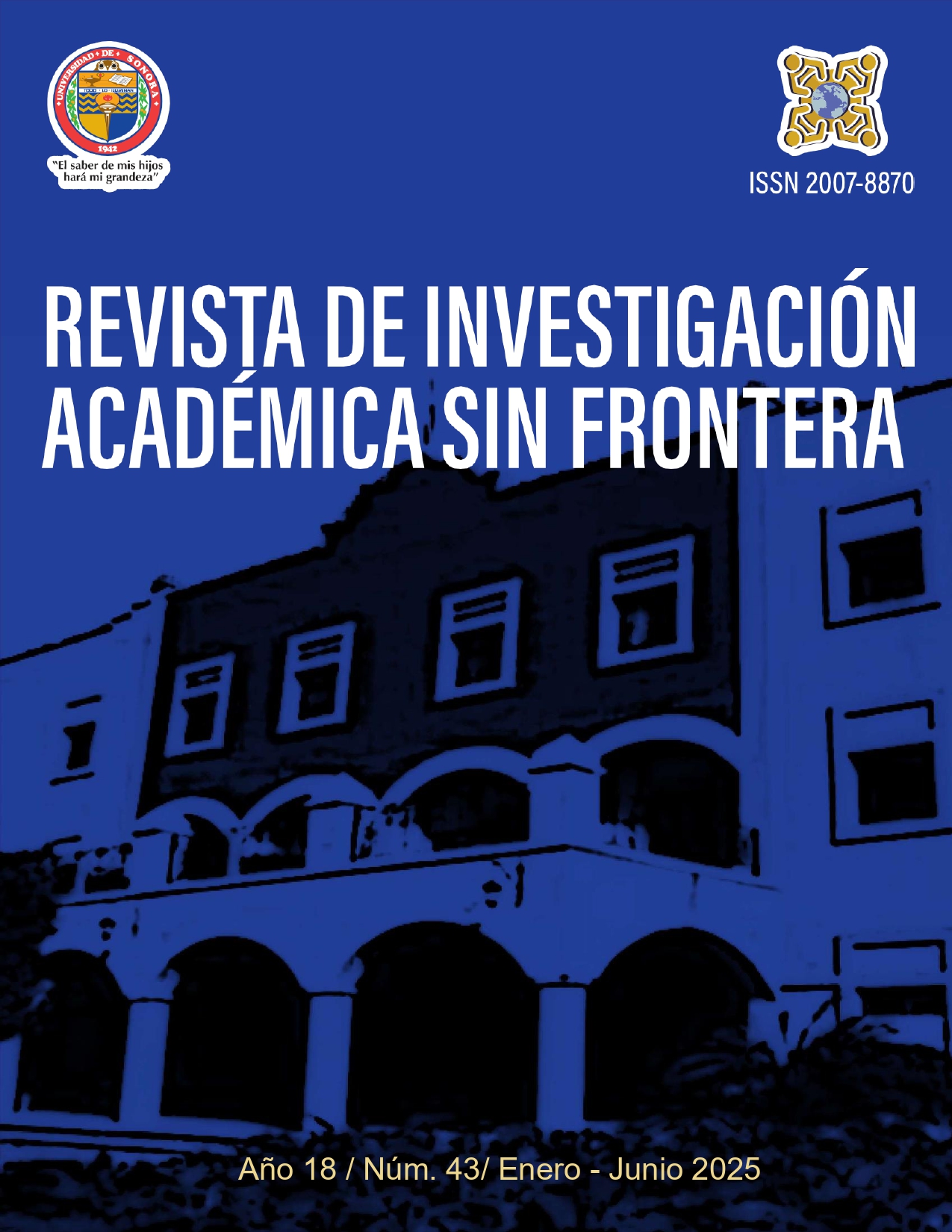Musculoskeletal discomfort and ergonomic evaluation research in an automotive harness manufacturing works stations.
DOI:
https://doi.org/10.46589/riasf.v1i43.741Keywords:
Ergonomics, Ergonomic Assessment Methods, Musculoskeletal Disorders, REBA, ERGOPAR 2.1Abstract
The following research aims to analyze a comparative analysis of methods to identify and evaluate ergonomic risks associated with work manufactuing activities, as insertion, taping and electrical testing, in automotive harness production lines that belongs to a manufacturing company, EDS MFG Mexico. REBA, Rapid Entire Body Assessment is used as an egonomic evaluation method with a quantitative approach to determine the level of risk for an operator, where specific data was collected through video recording and direct observation, identifying precise measurements and critical variables such as postures angles, frequency and duration of repetitive movements. Another ergonomic method with a qualitative approach was carried out using ERGOPAR 2.1, which included a survey to identify the body parts that suffer problems due to inadequate postures, repetitive movements and constant physical effort. Specific questions showed detailed information about body part that operators report as painful zone or uncomfortable. The results of this comparative analysis between those two methods, REBA and ERGOPAR 2.1, generated a comprehensive understanding of the ergonomic risks for operators that performe manufacturing activities. This study shows that these two complementary approaches, quantitative and qualitative, have issued a complete assessment, that combines the objectivity of posture analysis with the subjectivity of the operators perception of their own physical condition.
Downloads
Downloads
Published
How to Cite
Issue
Section
License
Copyright (c) 2025

This work is licensed under a Creative Commons Attribution-NonCommercial-NoDerivatives 4.0 International License.






